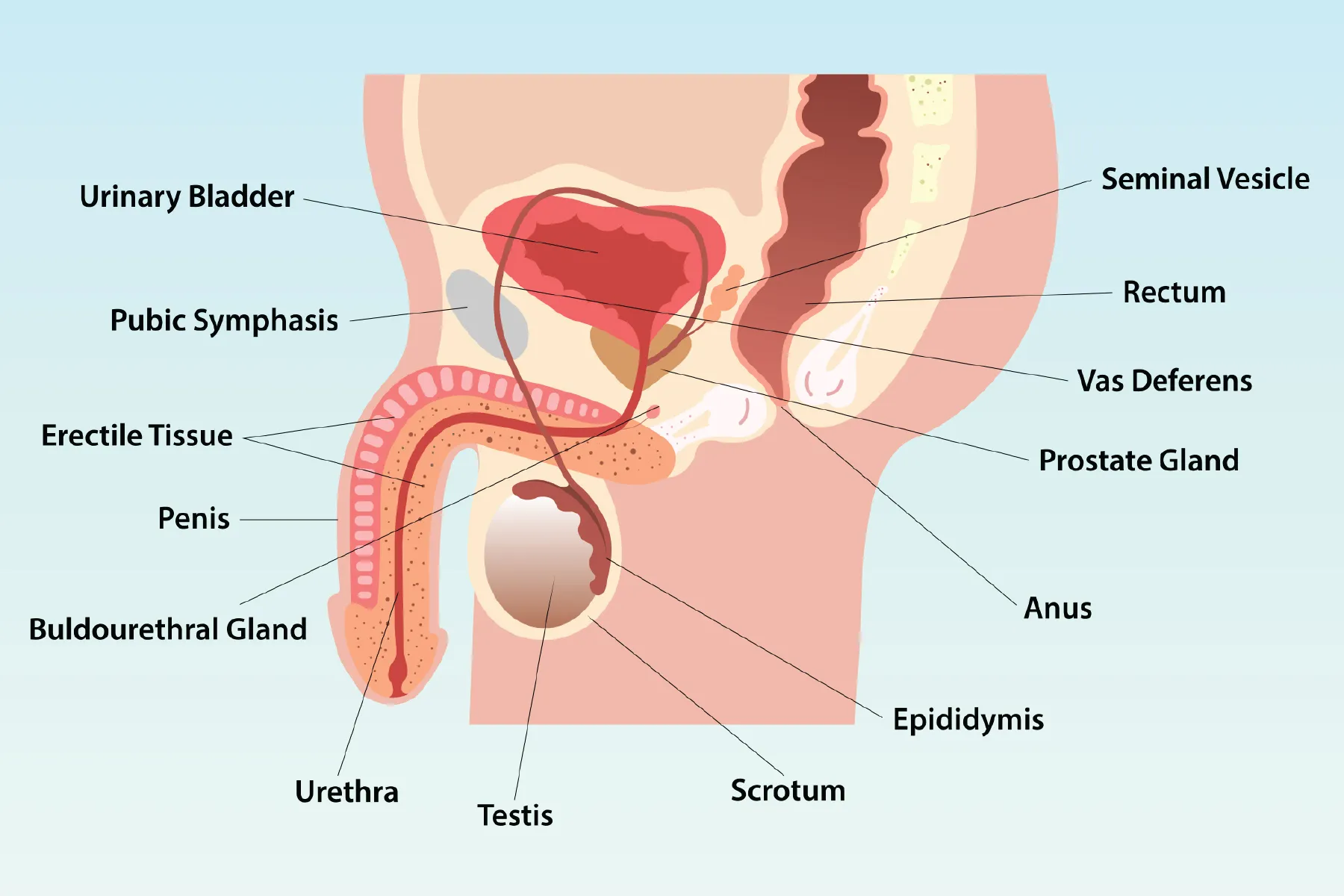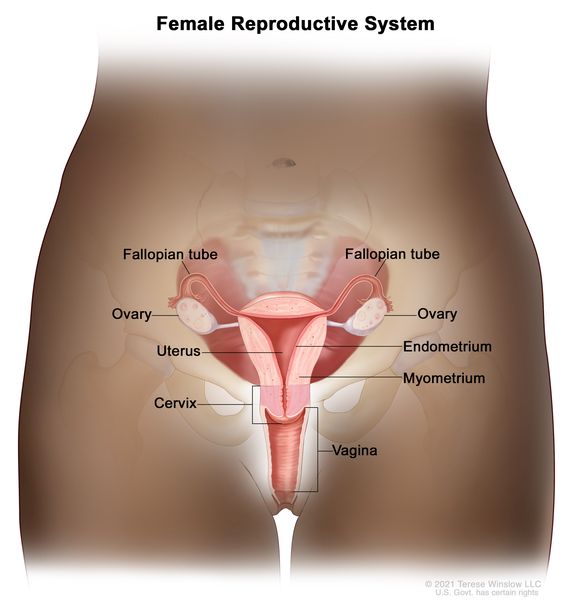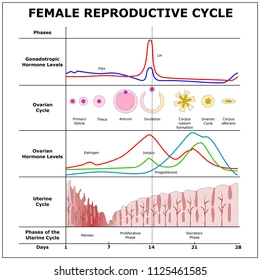Human reproduction
1/31
There's no tags or description
Looks like no tags are added yet.
Name | Mastery | Learn | Test | Matching | Spaced |
|---|
No study sessions yet.
32 Terms
Puberty
when a person becomes sexually mature and is capable of reproduction
Male gonads and gametes
Testes (gonads) and sperm (gamete)
Testes
produces sperm and acts as an endocrine gland secreting testosterone
Testosterone
male sex hormone, responsible for secondary sex characteristics (body hair, muscle development, deeper voice etc)
vas deferens
the tube where sperm leaves the epididymis
urethra
where the 2 vas deferens meet, releases urine and semen
semen
mixture of fluids and sperm
ejaculation
where men release semen out of their body through the urethra
How does reproduction work on the male end?
Immature sperm are produced in the seminiferous tubules (small, coiled tubes in each testis). Once produced, sperm move to the epididymis, where they are stored. Sperm leave the epididymis through the vas deferens, the two vas deferens meet at the urthea. Glands secrete fluids that mix with sperm to create semen. Semen passes through the urethra by the process of ejaculation, urine is blocked shortltly before and after ejaculation.

Female gonads and gametes
Ovaries (gonads) and eggs (gametes)
Ovaries
produce eggs and secrets female hormones including estrogen
Estrogen
responsible for secondary sex characteristics, breast development, broadened pelvis, etc
Oviduct or Fallopian tube
tube with funnel like opening, carries egg into uterus
uterus
thick walled muscular pear shaped organ
cervix
connects the uterus to the vagina
vagina
tunnel that leads from the outside world to the cervix
Follicle
2 ovaries contain about 200,000 tiny egg sacs called follicles, each follicle contains 1 immature egg cell
How does reproduction work on the female end?
When one follicle ruptures, the egg is released at the surface of the ovary (ovulation). Ciliated cells draw the egg into the oviduct. It passes through the oviduct into the uterus. Once the egg is in the oviduct, it can be fertilized by a sperm cell.

Menstrual cycle
mature egg is developed and released from one of the ovaries approximately every 28 days. The walls of the uterus have been building up preparing to accept the egg. If the egg isn't fertilized, the wall of the uterus breaks down, material from the wall and the unfertilized egg get eliminated from the body. The cycle begins again with the maturing of another egg.
What are the stages of the menstrual cycle?
Follicle stage, ovulation, corpus luteum stage and menstruation

Follicle stage
FSH (follicle stimulating hormone) is secreted by the pituitary gland. FSH causes several follicles to begin to develop. Usually only one matures. As the follicle develops it secrets estrogen. Estrogen cause the uterine lining to become thicker. usually lasts about 10 days
Ovulation
high levels of estrogen in the blood causes the pituitary gland to decrease the secretion of FSH and begin the secretion of LH (luteinizing hormone). When LH levels reach a certain point ovulation occurs. Follicle ruptures. Usually takes place in the middle of the menstrual cycle.
Corpus Luteum Stage
After ovulation LH causes the ruptured follicle to fill with cells forming a yellow body called the corpus luteum. Corpus luteum begins to excrete the hormone progesterone, which continues the growth of the uterine lining. lasts about 14 days.
Menstruation
no fertilization occurs, LH levels drop, corpus luteum breaks down, progesterone levels drop, thick lining of uterus breaks down, extra lining, unfertilized egg and small amounts of blood pass out of the body through vagina, new eggs develops and cycle starts all over again
menopause
when menstrual cycle naturally stops during middle age
Sex
hundreds of millions of sperm are ejaculated into the vagina. They travel through the cervix, across the uterus and into the oviducts. IF an egg is passing through the oviducts, fertilization might occur.
Zygote
when sperm and egg meet and fertilize the egg
implantation
zygote undergoes cleavage developing into a blastula, while at the same time it is moving down the oviducts towards the uterus. 5-10 days after fertilization, zygote enters the uterus. Outer cells of the zygote secrets enzymes that eat away the lining of the uterus. Zygote attaches to that spot. Three germ layers develop. The developing human is called an embryo. After 8 weeks its called a fetus.

Placenta
exchanges oxygen and nutrients to the fetus and waste to the mom, connected by umbilical cord
Labor
when the baby is ready to be born, the uterus begins slow rhythmic contractions and cervix begins to enlarge
fraternal twins
two eggs become fertilized, embedded separately, and develop separately
identical twins
a fertilized egg divides into two embryos at an early stage of development, each embryo then forms separately, genetically identical